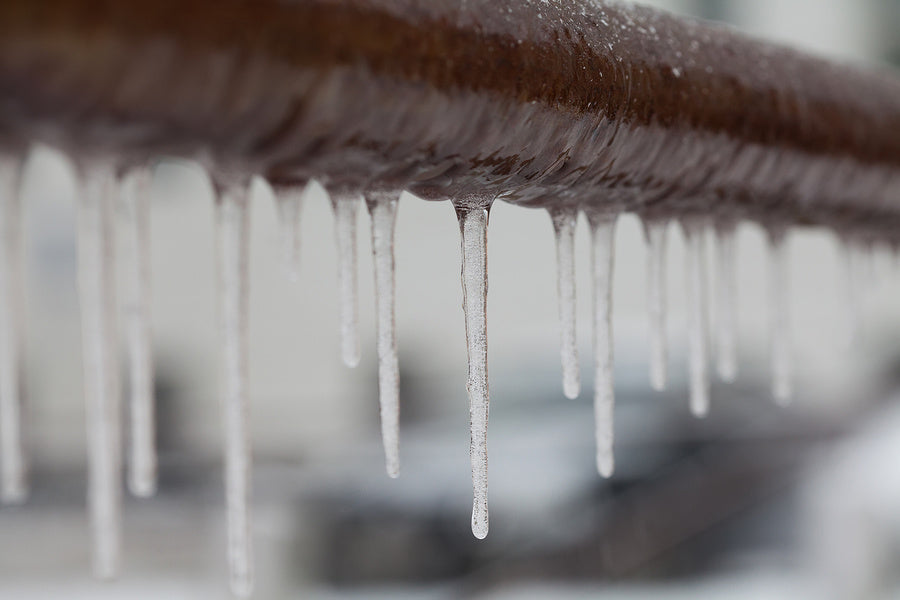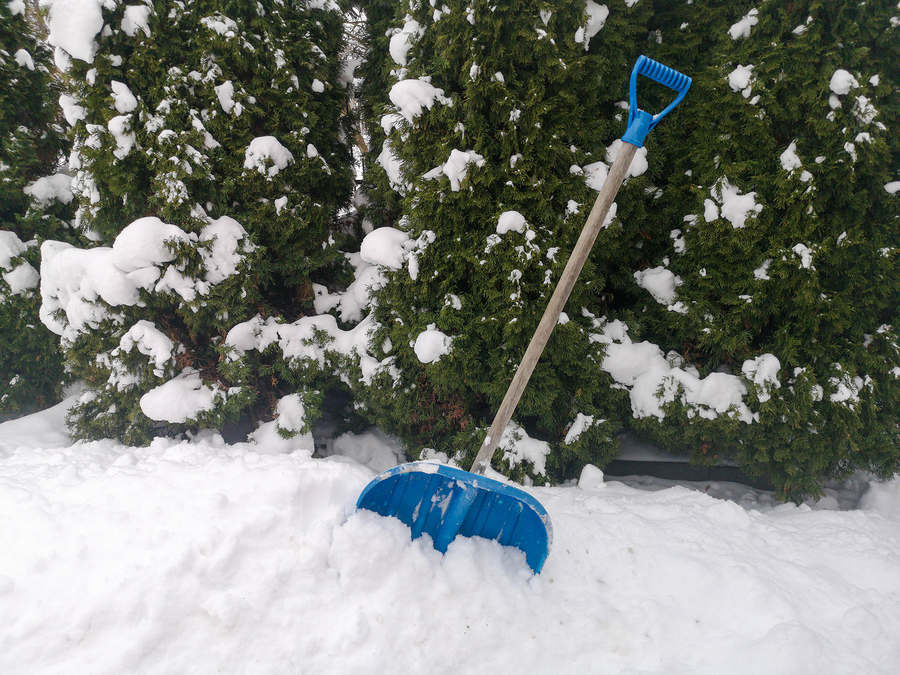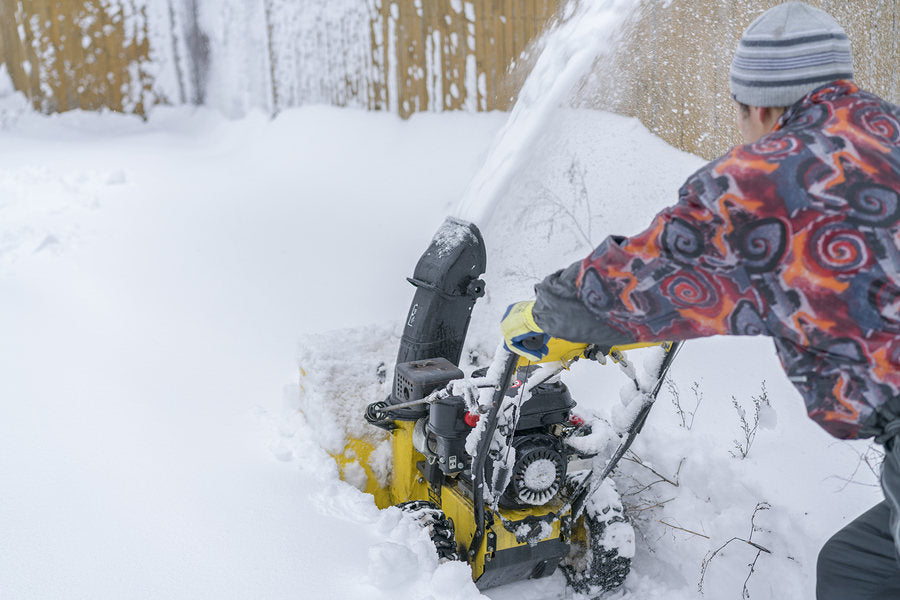Unless you live in a place of perpetual sunshine, winter is a huge bummer and no amount of Bing Crosby songs are going to change our minds. One of the most common hazards of winter is frozen pipes, and they can cause major problems in your household. But a burst frozen pipe can happen to even the most attentive homeowner.
As they used to say on Game of Thrones, “Winter is coming.” Also, “You know nothing [about burst pipes], Jon Snow.” We’re paraphrasing. Before you start cursing the winter winds, you might want to step back and take action.
If you notice a burst frozen pipe, turn off your water supply. It may seem like an obvious thing to do but, trust us, sometimes we need to remind ourselves about the basics in times of crisis. Most importantly, turn off the valve to your hot water heater (if you have one), because the last thing you want to damage is your hot water supply in the middle of winter. We all take our hot showers for granted until we can’t have them.
Next, place a clamp over the damaged pipe, using a piece of wood or a rubber cover to absorb any extra water or expanding metal. The clamp helps keep your pipe stabilized until it’s fixed. If you haven’t already, call the plumber. Do not try to DIY this.
Next, turn off the electrical supply to your house. What do water and electricity have to do with one another? Pretty much everything when a burst pipe is flooding your home. Simply put, you have enough problems today, and water damage near electrical equipment can lead to fire or electrocution. No thank you. It could be prudent to invest in some battery-operated heaters to keep your home (or just the pipe in question) warm, so you don’t risk freezing other pipes (or yourself). It’s a good day to get out those extra blankets.
Now, it’s time to drain the taps so your plumber can get to work. Start with the cold ones first, including flushing the toilet a couple of times, to relieve pressure and prevent more freezing. Even if it annoys everyone else in the house. It’s for their own good. Then, drain the hot taps to clear all of the water from the system.
While you’re still waiting for the plumber (let’s face it, he’s not here yet), you can start mopping and making sure there’s no damage or mold on your walls. Keep an eye on your ceilings especially, since water can seep into the crevasses and sit there for long periods of time. Pro tip: weird bubbles forming in your ceiling is not a good sign, and never, ever poke at them. Some of us have learned this the hard way.
Of course, the best way to deal with a burst frozen pipe is to prevent it from happening at all. If you insulate your home properly with pipe sleeves and heat tape, address small leaks when they’re actually still small, let water drip from your faucet occasionally, and allow warm air to get to your pipes when it's very cold out, you’ll be able to get back to baking cookies and sipping hot cocoa in no time.


